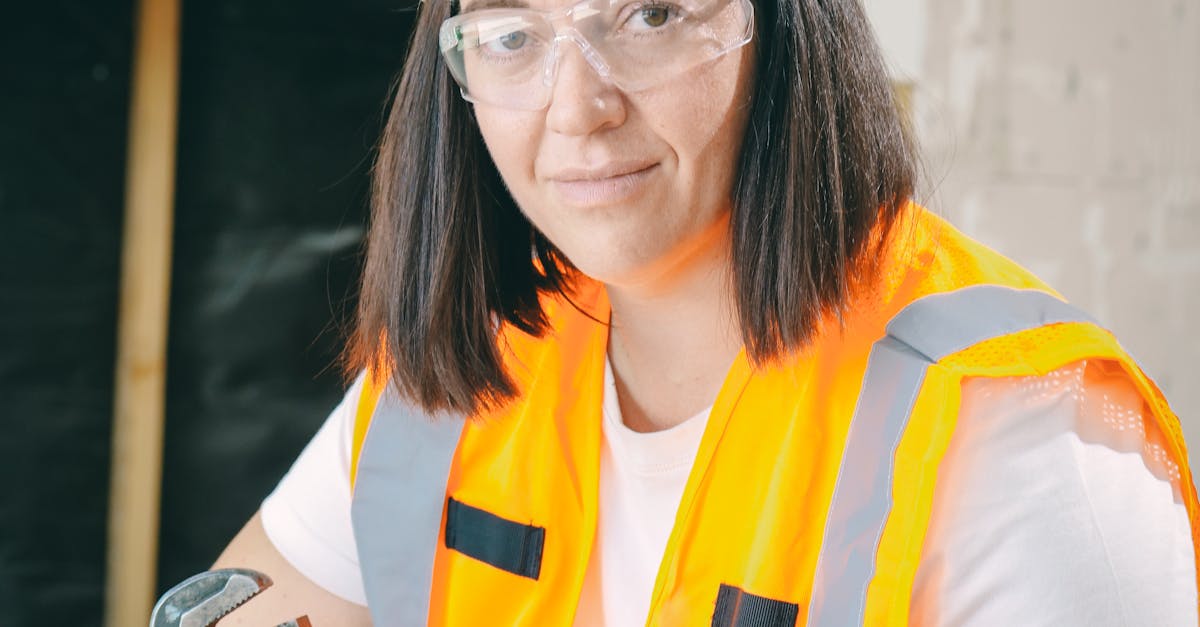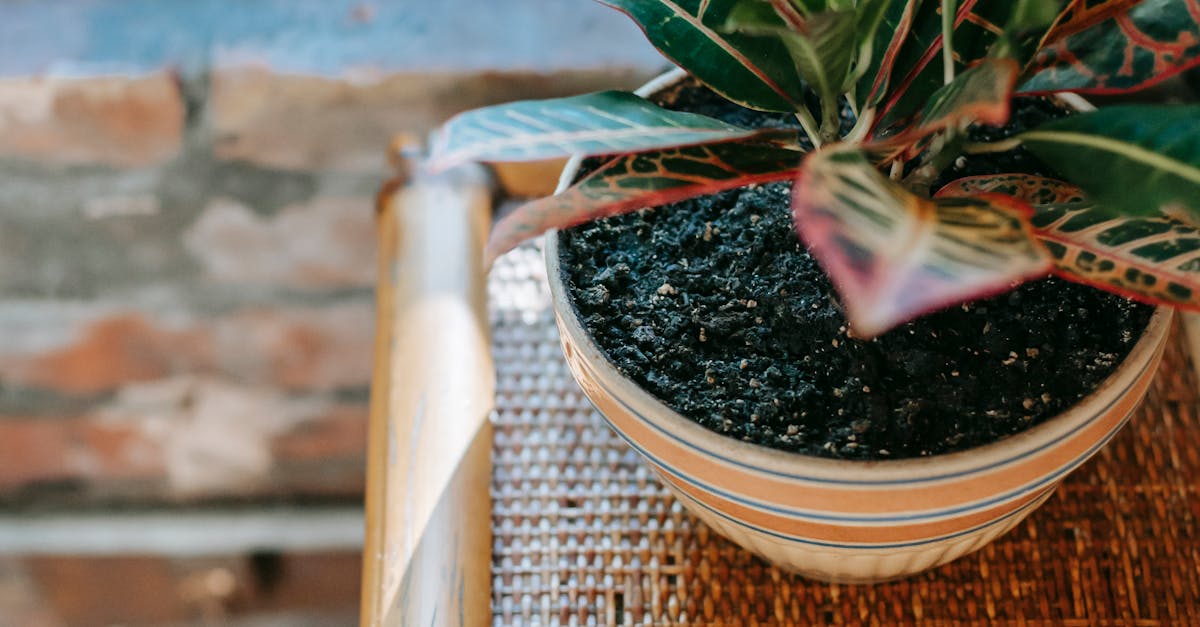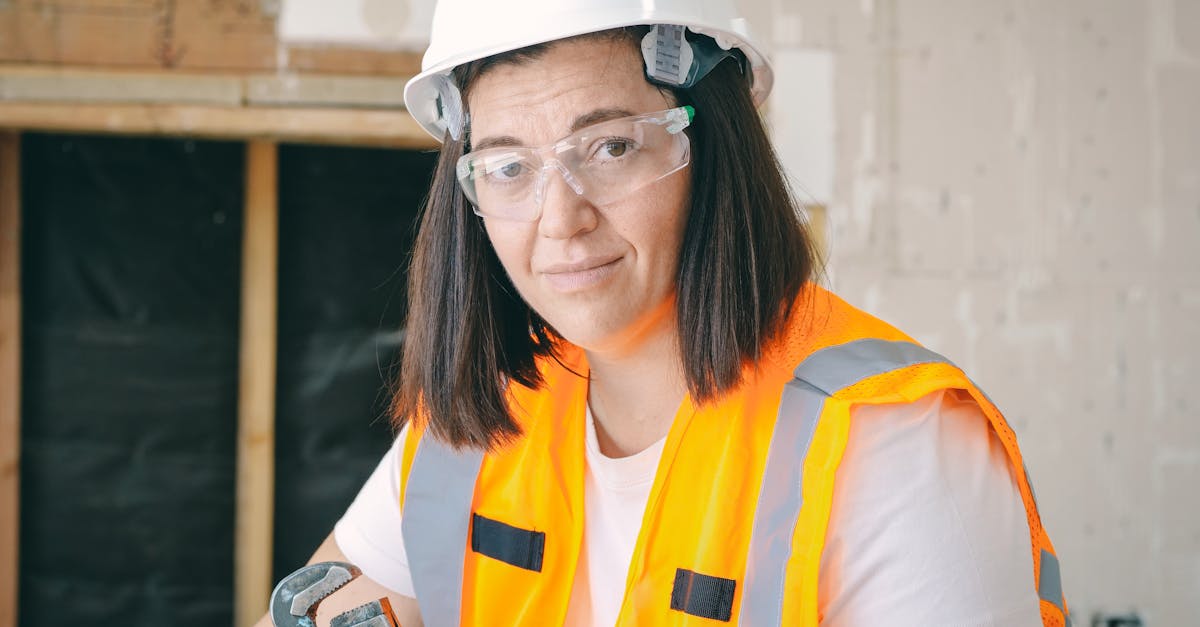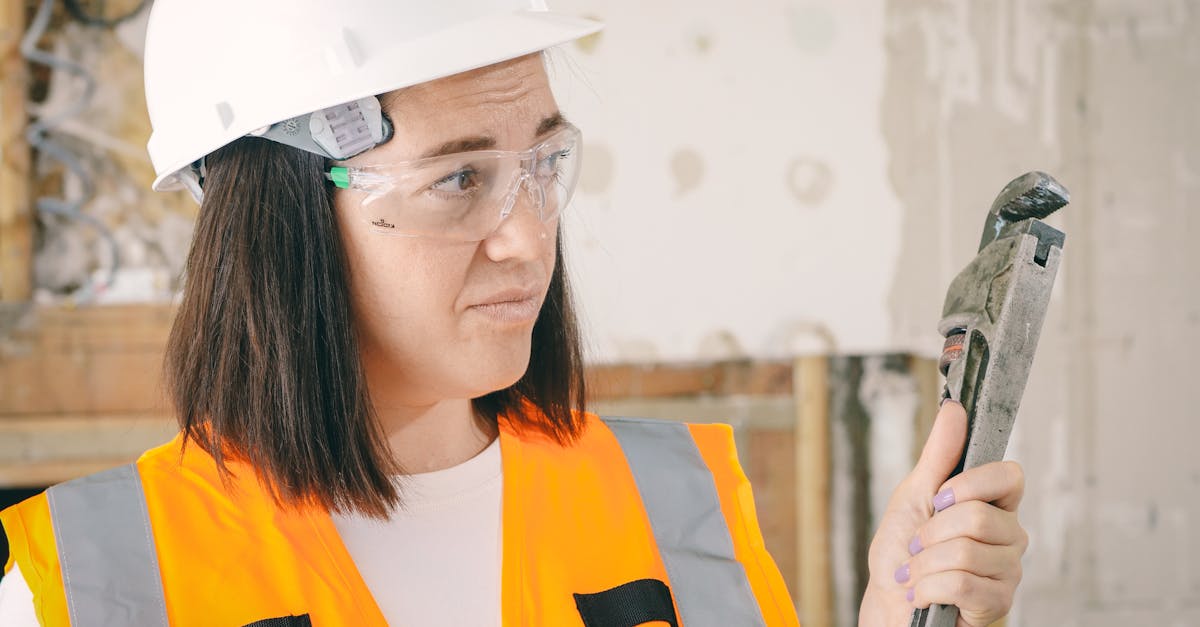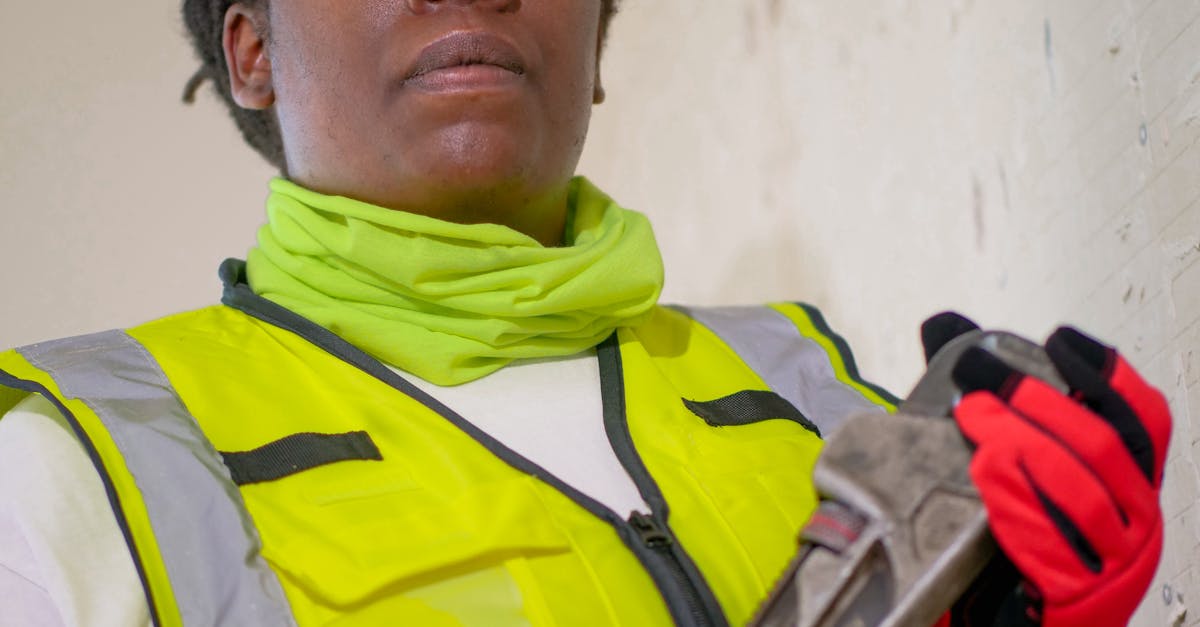
Table Of Contents
Sealing and Finishing Touches
Sealing your sink properly is crucial to prevent leaks and ensure longevity. Once the sink is firmly secured in place, applying caulk around the edges is essential. Use a high-quality silicone caulk specifically designed for kitchens and bathrooms. The caulk not only provides a waterproof barrier but also offers a neat finish that enhances the overall appearance of your sink. A steady hand is important; run the caulk along the seam and smooth it out for an even application.
After sealing, it’s important to let the caulk cure completely before using the sink. This will help achieve optimal adhesion and prevent any moisture from seeping through. Following up on sink installation and repair requires regular checks to maintain efficiency. Keeping an eye on the caulk over time is wise, as ageing or excessive moisture can cause it to crack or peel, necessitating recaulking to uphold the integrity of your installation.
Applying Caulk for Leak Prevention
Applying caulk is a crucial step in ensuring your sink installation and repair is successful. This flexible material acts as a barrier against water leaks, which can lead to damage over time. Begin by selecting a high-quality caulk specifically designed for bathroom or kitchen use. Clean the area around the sink thoroughly to remove any debris or old sealant. A clean surface ensures better adhesion and creates a more effective seal.
Once the area is prepared, cut the tip of the caulk tube at a 45-degree angle for precision application. Use a caulking gun to apply a steady bead of caulk along the edge where the sink meets the countertop. Smooth the bead with your finger or a caulking tool for an even finish. This not only enhances the appearance but also ensures that no gaps are left for water penetration. Proper caulking significantly contributes to the longevity and efficiency of your sink, reducing the risk of unpleasant surprises down the line.
Testing Your Installation
After completing your sink installation, it is essential to test your work for leaks and functionality. Begin by turning on the water supply and letting it run through the faucet. Observe the connections underneath the sink for any drips or signs of leakage. If you notice any water pooling around the plumbing, you may need to tighten the connections or reapply plumbing tape to ensure a watertight seal.
Once you confirm that there are no leaks, it’s time to check the overall performance of your sink. Test the drainage by filling the basin and then letting the water out. Ensure that the water flows smoothly without any blockages. If issues arise during this process, such as slow drainage or gurgling noises, considering professional help may be necessary. Proper handling of sink installation and repair can prevent future issues and extend the life of your new sink.
Checking for Leaks and Proper Functionality
After completing your sink installation and ensuring all connections are secured, it’s crucial to check for any leaks. Start by running water through the sink, observing the area around the faucet and the pipes underneath. A systematic inspection will help you identify any drips or water accumulation. If leaks are present, turn off the water supply and tighten connections or apply additional sealing as required. This step is vital for preventing water damage in your home and maintaining the integrity of your plumbing system.
Testing the functionality of your newly installed sink is equally important. Ensure that the water drains properly, with no obstruction evident in the pipes. Check the operation of the faucet, paying attention to both hot and cold water flow. Maintaining a functional sink is an ongoing process; regular inspections contribute significantly to the longevity of your sink. By taking these precautions, you can ensure that your sink installation and repair efforts are both effective and lasting, allowing for years of reliable use.
Maintenance Tips for Sink Longevity
Maintaining your sink is crucial for ensuring its longevity and functionality. Regular cleaning is essential to prevent the buildup of grime and soap scum. Use mild cleaners to avoid damaging the surface. Pay attention to the areas around faucets and drains where residue often accumulates. Wiping down the sink after each use can help maintain its appearance and prevent stains. Regular inspections of any seals or caulking will help you catch potential issues early, reducing the need for major repairs down the line.
In addition to cleaning, it's vital to monitor your sink’s plumbing for any signs of wear. Checking under the sink for leaks or corrosion can save you from more significant problems later. If you notice any unusual sounds from the plumbing or persistent water pooling, don’t hesitate to address these issues promptly. Sink installation and repair may require professional assistance if the problem exceeds standard maintenance. Keeping an eye on your sink’s condition will ensure it remains a functional and aesthetic part of your home for years.
Regular Cleaning and Care Practices
Maintaining a sink is crucial for its longevity and functionality. Regular cleaning helps prevent dirt and grime build-up, which can lead to discolouration or odour issues. Use a gentle cleaner suitable for the sink's material, applying it with a soft cloth to avoid scratching. Pay special attention to the drain area to prevent clogs from grease or food particles. A monthly deep clean can keep your sink looking fresh and new.
In addition to routine cleaning, minor repairs and adjustments may be necessary over time. Keeping an eye out for signs of wear can save you trouble later. Ensure that your faucets and plumbing are functioning correctly to avoid leaks. If issues arise, remember that sink installation and repair can often be a DIY task, provided you have the right tools and knowledge. Regular maintenance allows you to address small problems before they escalate into larger, more complex issues.
FAQS
Can I really install my own sink without professional help?
Yes, many homeowners are capable of installing their own sinks with the right tools and guidance. However, it’s important to follow instructions carefully and ensure you have a basic understanding of plumbing.
What tools will I need to install a sink?
Common tools required for sink installation include a wrench, screwdriver, pliers, a caulk gun, and possibly a drill. It's beneficial to have a basin wrench for tight spaces as well.
How do I prevent leaks when installing my sink?
To prevent leaks, make sure all connections are tightly secured, and apply caulk around the edges where the sink meets the countertop. Regularly check for any signs of leaks after installation.
What should I do if I notice a leak after installing my sink?
If you notice a leak, check all connections and seals to ensure they are tight. If the problem persists, it may be necessary to disassemble the installation to inspect for issues or call a professional plumber.
How can I maintain my sink to ensure its longevity?
Regular cleaning with non-abrasive cleaners, avoiding harsh chemicals, and checking for any signs of wear or damage can help maintain your sink. It's also advisable to periodically inspect plumbing connections for leaks.




